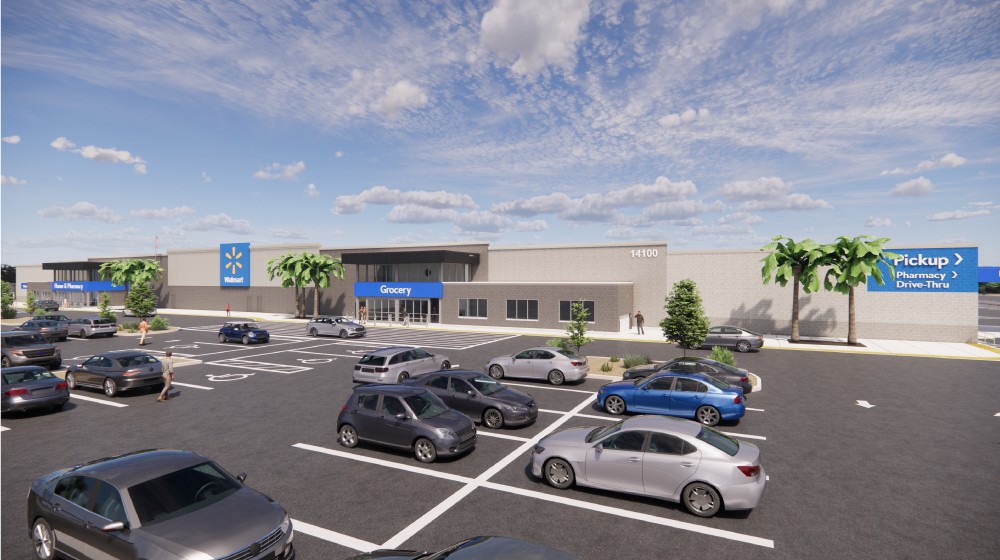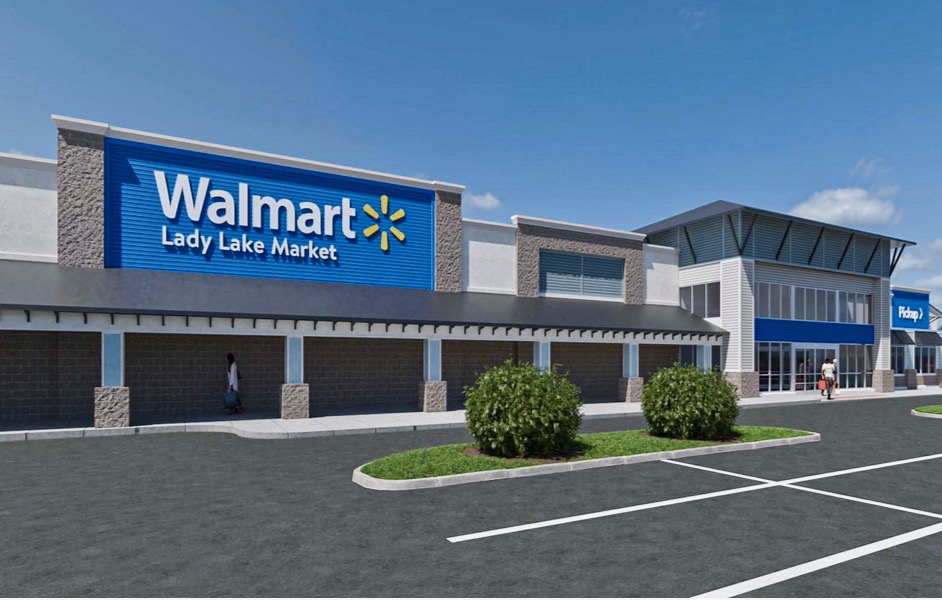Walmart, the largest retailer in the world, has a profound impact on local economies across the United States and globally. This impact is multifaceted, encompassing job creation, wage levels, local business competition, consumer prices, and community development. Understanding the various dimensions of Walmart’s influence helps illuminate both the positive and negative effects of this retail giant on local communities.
Job Creation and Employment
One of the most significant impacts of Walmart on local economies is job creation. With over 2.3 million employees worldwide, Walmart is one of the largest private employers. When Walmart opens a new store, it often creates hundreds of jobs in the local area, providing employment opportunities for a diverse workforce, including entry-level positions that require minimal qualifications.
However, the quality of these jobs is a subject of considerable debate. Critics argue that Walmart’s wages are relatively low compared to other retailers and industries, and the benefits offered are often minimal. A study by the Economic Policy Institute found that Walmart’s entry into a community can lead to a reduction in average retail wages. Additionally, many Walmart employees work part-time, which can limit their access to benefits such as health insurance and paid leave. This situation often places additional pressure on public assistance programs as employees seek to supplement their incomes.

Effect on Local Businesses
Walmart’s presence can significantly impact local businesses, often in a negative way. Small, local retailers frequently struggle to compete with Walmart’s vast selection of goods, aggressive pricing strategies, and economies of scale. Walmart’s ability to offer lower prices stems from its efficient supply chain management and substantial bargaining power with suppliers, which many small businesses cannot match.
This competitive pressure can lead to the closure of local stores, which may diminish the diversity and vibrancy of the local retail landscape. The loss of small businesses can also affect the local economy by reducing the number of locally-owned enterprises that contribute to community identity and economic diversity.
Conversely, some argue that Walmart can drive local businesses to innovate and improve their offerings. Local retailers that adapt to the competitive environment by specializing in niche markets or providing exceptional customer service can survive and even thrive alongside Walmart. Moreover, the increased foot traffic that a Walmart store brings to an area can benefit neighboring businesses, particularly those in adjacent sectors like food services and entertainment.

Consumer Prices and Savings
One of the most notable benefits of Walmart’s presence in local economies is the potential for lower consumer prices. Walmart’s business model prioritizes cost leadership, allowing it to offer goods at lower prices than many competitors. This price reduction can be particularly beneficial in low-income areas, where consumers are highly price-sensitive and seek to maximize their purchasing power.
A study by the National Bureau of Economic Research found that Walmart’s entry into a market can lead to substantial consumer savings, with an average reduction in prices of about 1.5% to 3%. These savings can translate into increased disposable income for consumers, which can then be spent in other areas of the local economy, potentially stimulating economic activity.
However, the impact on consumer prices can also lead to a homogenization of available goods, with local cultures and preferences potentially being overshadowed by Walmart’s standardized product offerings. While lower prices are advantageous, they may come at the cost of reduced product variety and the displacement of local products that cannot compete on price alone.
Community Development and Infrastructure
Walmart’s impact on community development and infrastructure is mixed. On the positive side, Walmart’s presence can stimulate economic development, particularly in underserved or economically depressed areas. The construction of a Walmart store can lead to infrastructure improvements such as better roads, increased public services, and enhanced utilities, which benefit the broader community.
Walmart also engages in various philanthropic activities, including donations to local charities, support for education programs, and initiatives to promote sustainability. These efforts can contribute positively to community welfare and development.
On the negative side, some communities experience increased traffic congestion, environmental concerns, and a shift in the character of the local area with the arrival of a Walmart store. Large retail developments can strain existing infrastructure and necessitate further public investment to manage the increased demand on services such as policing, road maintenance, and public transportation.

Economic Multiplier Effect
The economic multiplier effect refers to the additional economic activity generated by an initial expenditure. Walmart’s impact on this multiplier effect is debated. On one hand, the jobs and consumer spending generated by Walmart can stimulate further economic activity in the local area. On the other hand, the displacement of local businesses and potential reduction in wages can dampen the multiplier effect, as less money circulates within the local economy.
Studies suggest that locally-owned businesses tend to have a higher economic multiplier effect compared to large, national chains like Walmart. This is because local businesses are more likely to procure goods and services from other local businesses, keeping more money within the community. In contrast, a significant portion of the revenue generated by Walmart is distributed to suppliers and stakeholders outside the local area, which can reduce the overall economic benefit to the community.
Long-Term Economic Impact
The long-term economic impact of Walmart on local economies is complex and varies depending on the specific context of each community. In some areas, Walmart’s presence has led to sustained economic growth, job creation, and improved consumer access to affordable goods. In other areas, the long-term effects have included the erosion of local businesses, wage suppression, and increased reliance on public assistance programs.



